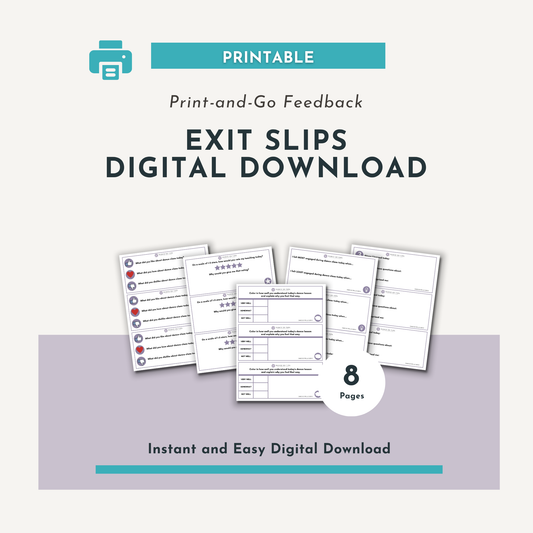By: Olivia Mode-Cater
Over the past couple of weeks, I have had several people reach out to me asking how much they should charge for their teaching. Money is an uncomfortable topic in dance, especially when it is common for dancers to be expected to perform in exchange for exposure. This part of dance culture drastically needs to change. Teaching dance is our livelihood and we deserve to be fairly compensated for our skills and expertise. Here are 3 points to bring up during conversations with your employer in order to be compensated fairly.
- Your experience
First, you want to talk about your level of experience. Obviously, the more skills and experience you have, the easier it will be to negotiate a higher rate. Here are some things you should ask yourself:
- How long have you been teaching?
- Do you have a degree in dance and/or teaching?
- Do you have any additional certificates or experience in particular techniques, methods, or somatic work that you would be able to offer their students?
- Have you presented work in important venues?
- Have you performed for reputable dance companies?
- Have you studied under a master teacher?
These qualifications are all points to discuss when negotiating a rate. I recommend spending some time to write down everything that you’ve done. The best option is to keep track of your experience formally on a CV; however, making an informal list works too. This will refresh your memory and prepare you when you are having a conversation with your potential employer.
- How have your pieces done at competitions and recitals?
If you’re looking to work at a competition studio, being able to create award-winning choreography is important, because your employer will value that. When you are speaking with the studio owner, discuss your past victories and how you plan on bringing the same high-quality work to their school. Many studio owners want to invest in their competition teams and can do so by hiring a high-quality teacher at a higher pay rate.
If the studio doesn’t compete, discuss the caliber of your recital dances. It would be ideal to have a choreography reel or some individual videos to present at your meeting. This will help the studio owner envision what you will be able to do for their students.
- The variety of styles you teach
One of the biggest pain points for studio owners is doing the dreaded schedule each year. It is a giant headache trying to figure out who can teach what and when all the classes will be. If you are well-versed in many dance styles you alleviate this problem, because they can schedule you with lots of different classes on the same night. When you talk to your employer be sure to highlight the age range you can work with and the variety of dance styles you teach. This can encourage studio owners to pay you more, as they will not have to hire as many dance teachers.
Overall, you want to approach payment conversations with confidence and an open mind. Like you, studio owners are trying to make a living through dance and there may be factors that you don’t know about that are affecting how much they pay you. Be firm, understanding, and flexible. If you approach the topic this way, it is more likely that you will come up with a rate that works for both parties.
Good luck!
Olivia





